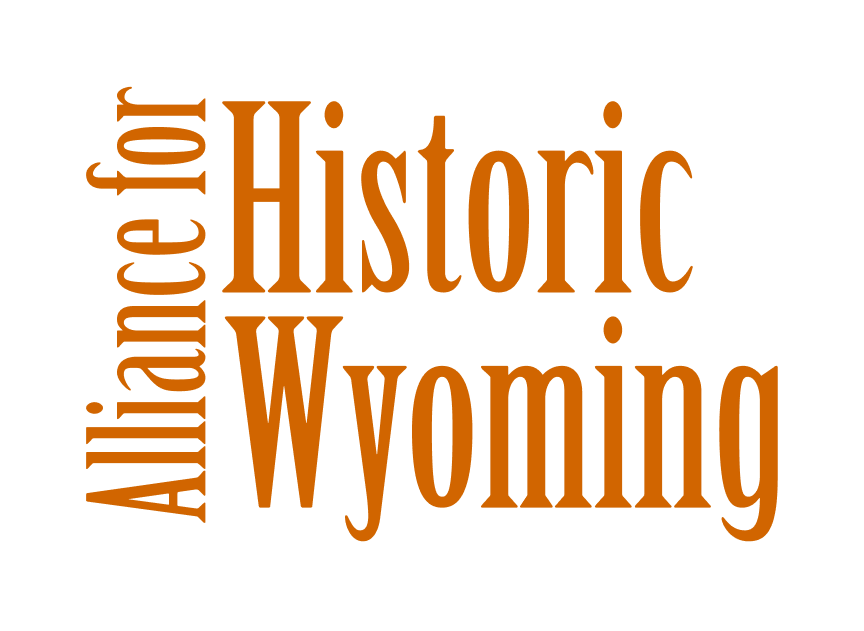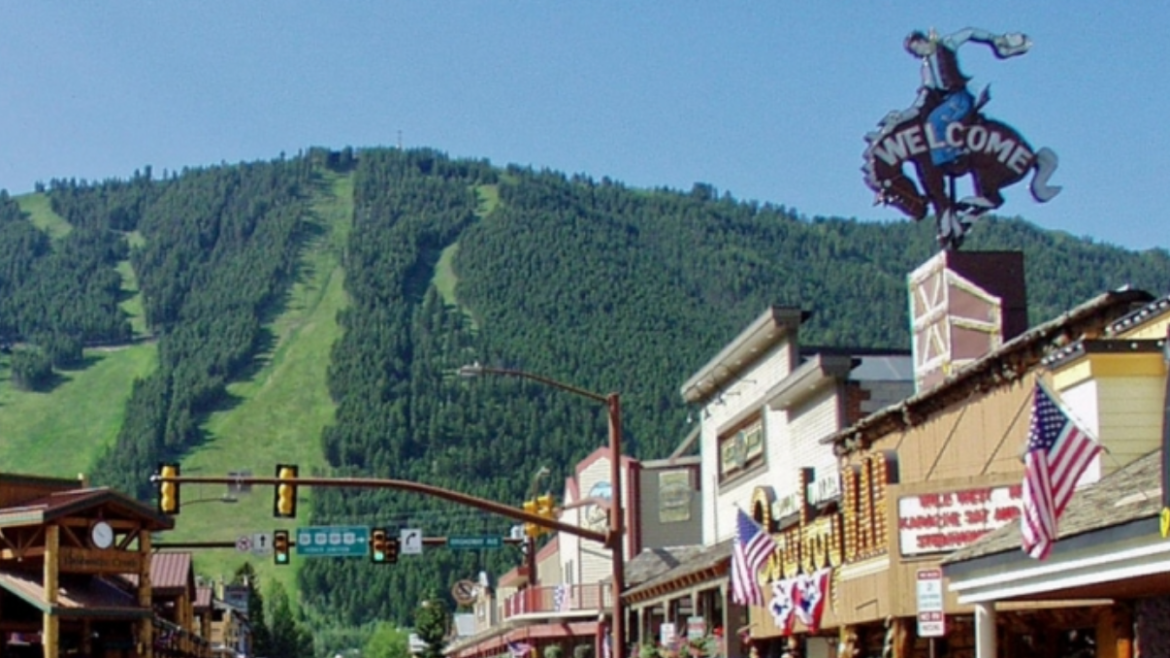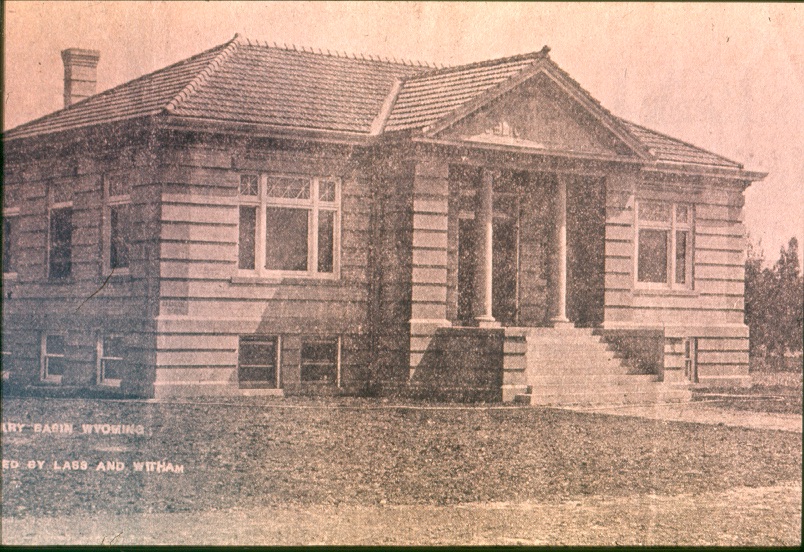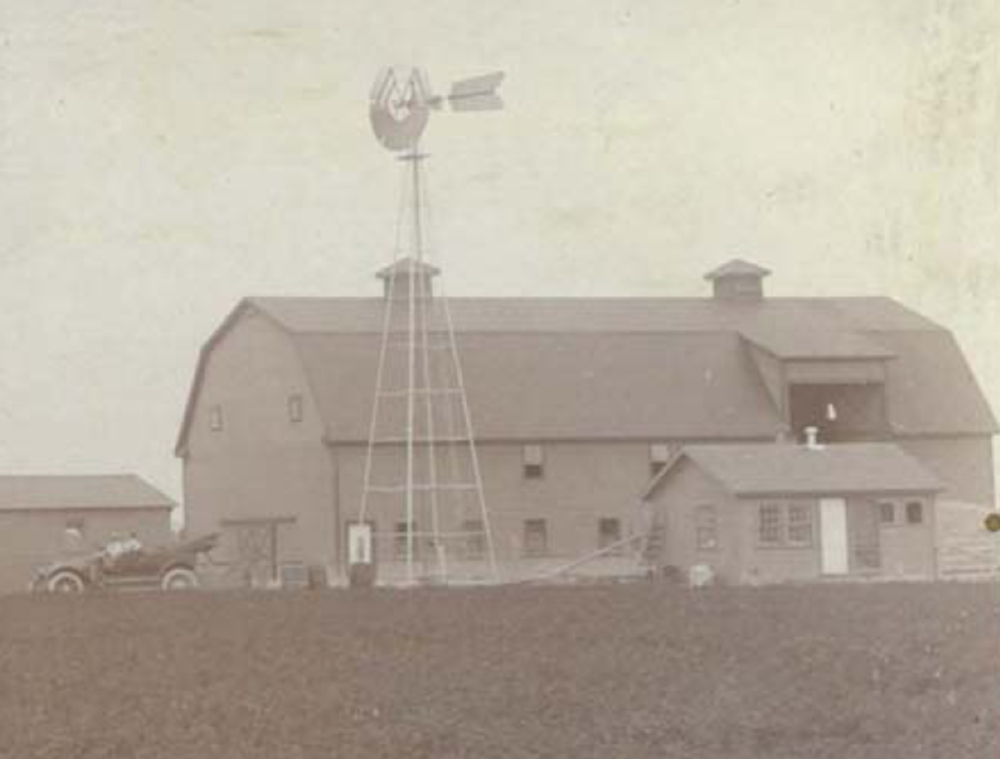EXPLORING HIDDEN HISTORY ON THE TOWN
SQUARE
By Samantha Ford and the Jackson Hole Historical Society & Museum, with Michael McCoy
Original Article found here.
Visitors come to Jackson Hole for many reasons, including the abundant outdoor recreation, scenic views, and wildlife. A less known delight: exploring the town, which can unlock many exciting and notable historical stories. When travelling throughout Jackson Hole, keep an eye out for some of these rousing heritage sites that take you back to the “Last of the Old West.”
While the human history of Jackson Hole extends back 11,000 years as evidenced in the archaeological record, the establishment of the town of Jackson and much of the development we can still see today did not begin until late in the nineteenth century.
Jackson Hole, named after an early fur trapper, welcomed its first permanent European-American homesteaders in 1884. These hardy settlers homesteaded throughout the valley and were quite isolated from neighbors, goods, and services. Regular mail service was finally established in 1892 and the town of Jackson, later to be incorporated in 1914, began to grow.
The Origins Of The Town Square
In 1899 Charles “Pap” Deloney opened the first single-room general store in his home on Cache Street, near where the Anvil Motel stands today. In 1906, he outgrew his Cache location and built a larger brick and plaster building on the corner of Deloney and Glenwood. Today, this is the home of the Indians of the Greater Yellowstone Museum, operated by the Jackson Hole Historical Society & Museum.
Stroll around back to the south side of the building along Deloney Street and you’ll spot a small window in the plaster where the original brick can be seen. Pap Deloney earned his fatherly nickname due to his ability to take care of the early valley residents by providing much needed goods. Before Pap’s store opened, families would risk a two- to three-week trip over Teton Pass into Idaho. His enterprise stocked everything from coveralls and washbasins to tools and pantry items. Often, he left the store unattended when he was guiding hunting trips and would leave a pencil and paper on the counter for customers to record what they took in his absence. The one item he did lock up was the candy, which proved too tempting for children and adults alike.
Early Hospitality
Cars in Jackson Hole were unheard of during this early period, and horses remained the preferred mode of travel. Trips into town, usually undertaken just once a year, were made to procure supplies that could not be raised or made on the homestead. When individuals or families were in town, they often needed a place to spend the night before making the trek back home. In 1911, the Rectory, commonly known as the “Rest Home,” was built by the town’s Episcopal Church. The Rest Home provided overnight accommodations, meeting space, a school room, a library, a thrift store, and eventually the first hospital. A small chapel was added in 1916 to house the growing congregation. Both the Rest Home and the old chapel are still located along Glenwood Street on the St. John’s Campus, where they house the Browse N’ Buy thrift shop.
Weary travelers could also head to the Reed (later Crabtree) Hotel, located on the corner of South King and East Broadway. The original building was constructed in 1907 by one Dr. Palmer, whose intention was to house and treat tuberculosis patients. While Jackson Hole offered plenty of fresh air, the prescribed TB treatment of the times, the mountain passes and rough roads often proved too arduous for the sick. In 1908, Palmer sold the building to Maude “Ma” Reed, who converted it into a hotel. In 1917, Ma Reed left the business to her assistant, Rose Crabtree. The Crabtree Hotel continued operating until the 1950s, and was one of the most popular places to stay in town. By 1990, it was evident that the aged construction and countless additions had taken their toll on the structure. In 1992 the original building was torn down and rebuilt with minor modifications. During demolition, evidence was found of an old fire that had severely weakened one of the structural timbers. While the historic character was lost in the rebuild, the white clapboards, dormers, and widow’s walk stand out on the Town Square and serve as a reminder of earlier times. Today, the Reed/Crabtree hotel no longer operates as a hotel, but it still offers visitors and residents a treat in the form of ice cream from Haagen-Dazs.
A Welcomed Gathering Space
Just to the north of the Reed/Crabtree Building on the east side of the Town Square is “The Clubhouse,” among of the oldest buildings in Jackson and one that contributed greatly to the development of downtown. Today, the expanded and modified building houses three businesses: Hines Goldsmiths, Leslie, and the Jackson Hole Mountain Resort Store. The Clubhouse was built in 1895 as the first gathering space for the fledgling Jackson community. The building was remodeled in 1897 and again in 1912, when a second story was added to provide more space for meetings, dances, and school classes. The first floor was also expanded to house several business spaces; these Clubhouse storefronts included a bakery, barbershop, mercantile, post office, drug store, and silent movie theater. The Clubhouse was considered the center of town and other businesses soon began to fill in the adjacent lots, including the Mercantile (today’s Alaska Fur Gallery) and the Jackson Drug Co.
The Making of the Square
An informal town square of dirt emerged, which was upgraded in the 1920s when Jackson elected an all-female town council. This council voted to grade more roads, collect taxes, and officially reserve land for a beautified town square. In 1932, the still vacant space was fenced, while grass was sown, pathways installed, and trees planted. The work took place under the guidance of Olaus Murie, the wildlife biologist best known for his studies of the Jackson Hole elk herd. The space was dedicated that same year as George Washington Memorial Park, in commemoration of George Washington’s 200th birthday. The now-famous elk antler arches were built progressively by the Rotary Club in 1953, 1966, 1967, and 1969 on the four corners of the Square. All of them have been auctioned off to community members over the years in order to fund the construction of newer, larger arches; the most recent rebuild took place in 2015.
In the center of the Town Square is a war memorial that was commissioned by American Legion Post No. 43 in 1976. Their American Legion Hall, built in 1929, sits on the corner of North Cache Street and East Gill Avenue, and is largely unchanged since its construction. This building has a long history of serving the community, including a 1933 hearing that took place here on the valley’s most famous controversy. John D. Rockefeller Jr. had been buying up thousands of acres under the business name “Snake River Land Company,” with the intention of donating the land to the National Park Service to bolster the acreage of Grand Teton National Park. This idea had both proponents and opponents in the local community; many of the latter became suspicious about the true purpose of the Snake River Land Company. The hearing investigated the business transactions and uncovered no wrongdoing. While Rockefeller’s connection to the project was outed during this hearing, the Grand Teton National Park vision was eventually realized with the current boundaries of the park established in 1950.
Evolving With The Times
As the needs of Jackson’s residents and visitors continued to evolve, the services provided by many buildings followed suit. The Jackson Hole Playhouse is an example of a building serving multiple needs. It was built in 1916 as a blacksmith shop that repaired wagons; eventually, it transitioned into an automobile garage to keep up with changing times. In turn, the former garage served as an automobile parts shop, gun store, bowling alley, and electrical appliance shop. In 1957, it was converted into a theatre, a function it continues to serve today as the Playhouse.
A century ago, visitors came to town seeking the supplies they required for survival. After the dude ranching boom of the 1920s, Jackson slowly started catering more and more to tourists. Today, the Town Square is a gathering place for community members and visitors alike. The Jackson Hole Chamber of Commerce hosts events on the Town Square that bring these two groups together, such as the Jackson Hole Fall Arts Festival, the Old West Brew Fest, and the Town Square Lighting. The Town Square Shootout, the longest running shootout in the West, was triggered by the Chamber in the 1960s. As our community continues to change, the historic architecture and the stories behind it help keep the lore of this place alive.



